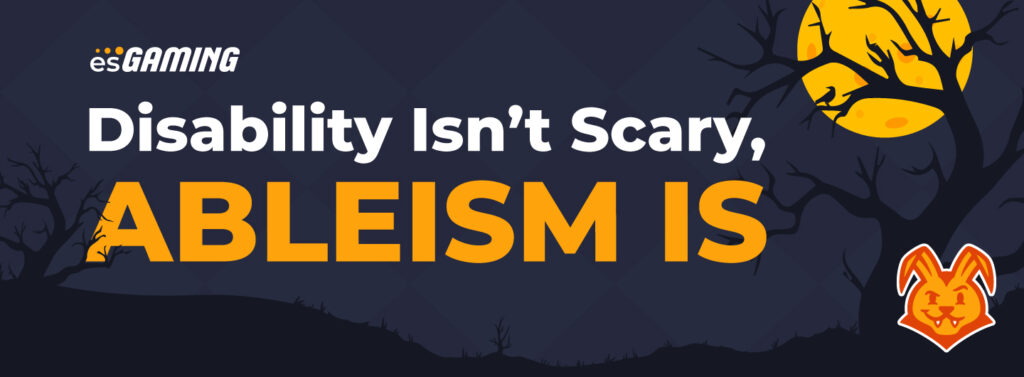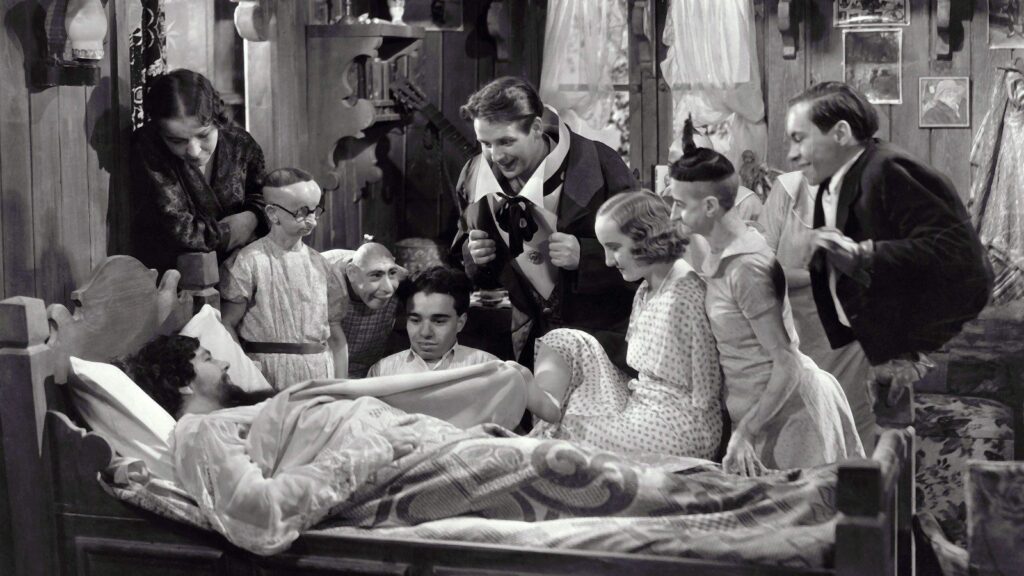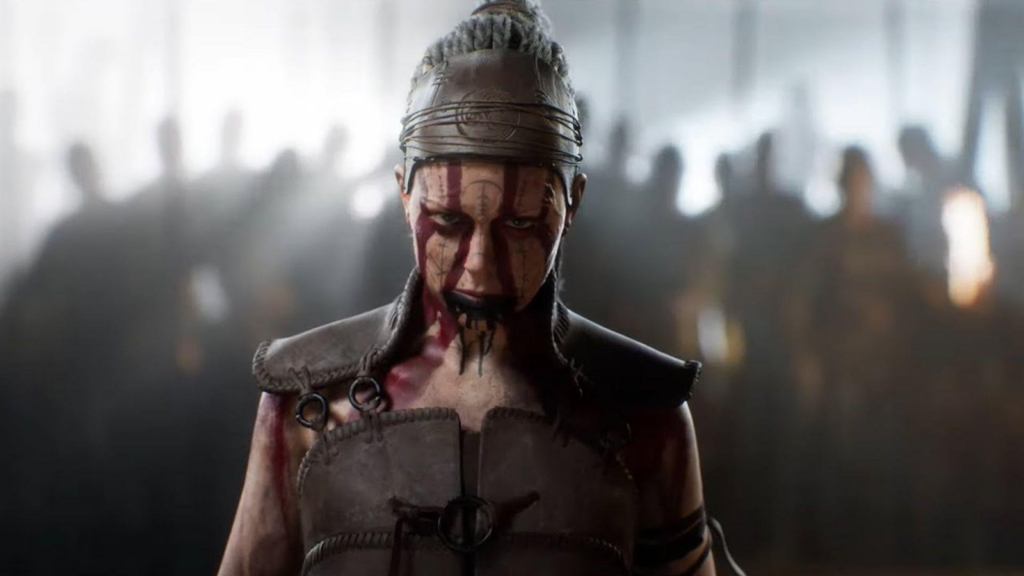Disability Isn’t Scary, Ableism Is: Representation in Horror
by Blog Writers
By Mids Meinberg
October is the time when the horror genre reigns supreme in the public consciousness. Classic horror films, spooky tv shows, and jump-scared filled video games take their place as the predominant media of the day. For disabled people, though, horror can be an uncomfortable genre. It has a history of poor portrayals of disabled people, as both monsters and victims. This blog will dig a bit into the missteps that these works often make, as well as highlight some horror media that actually handles topics surrounding disability better than most.
The use of disabled people as victims in horror is part of the broader trend of horror works victimizing marginalized people of all identities. In dealing with disability specifically, however, there is a tendency in works to have the character’s disability itself be the reason violence is inflicted on them. When a Black man dies first in a horror movie, the reason is seldom (outwardly at least) because he is Black. When a disabled person dies in a horror movie, their disability is presented as a weakness and as a flaw that allows for the killer to succeed more easily.
Indeed, there are many films where the central premise revolves around how the central character’s disability is the reason they are endangered in the first place. Doing so positions the disability itself as being as deadly as the killer, which is simply not true or realistic. A wheelchair user unable to escape from an axe user because the only egress is a flight of stairs is not killed because they’re a wheelchair user, but rather because there is a lack of accessible access to safety.
 This is not to say that disabled people cannot be victims at all in horror movies. Giving them an undue degree of safety from threats that are harming the abled characters serves to infantilize disabled people, by giving them the same protections as children. Instead, it is important for disabled characters to have the same degree of agency and danger as their abled counterparts, to allow them to participate fully in the story.
This is not to say that disabled people cannot be victims at all in horror movies. Giving them an undue degree of safety from threats that are harming the abled characters serves to infantilize disabled people, by giving them the same protections as children. Instead, it is important for disabled characters to have the same degree of agency and danger as their abled counterparts, to allow them to participate fully in the story.
More troubling than the portrayal of disabled people as victims, though, is the portrayal of disabled people as monsters. Some of these portrayals come from a reversal of the infantilization of disabled people. They work on the audience’s presumed belief that disabled people are inherently virtuous or innocent, and thus it being a shock when it turns out that they’re capable of deep acts of evil. Of incidents of monstrous disabled people, these are perhaps the best options available, as it simply puts them on the same level as any nondisabled person, albeit in a way that relies on ableist notions in order to be shocking.
Other works rely on far less pleasant ways to present disabled people as monsters. Many horror monsters have their monstrosity displayed via facial differences or other forms of visible disabilities. They rely on the deeply ableist notion that evil will make itself manifest in the body. The belief that someone who looks different should be shunned is one that has been a crucial part of ableism for untold generations, and its continued presence in media simply allows that belief to continue on unabated.
There is also the prevalence of mentally ill antagonists in horror works. The “psycho” killer (sometimes diagnosed with sociopathy but sometimes left as an undiagnosed “crazy”) is far more common in fiction than they have ever been in real life. Indeed, the truth is that mentally ill people are far more likely to be the victims of violence than to be the perpetrators of it, according to the Illinois Criminal Justice Information Authority. Yet horror works continue to present mentally ill people as a source of danger and unease. While there has been a slowly reducing stigma towards mental illness in the real world, there has been little to no improvement in the perception of people with mental illnesses seen as more dangerous, like borderline personality disorder or narcissism.
These portrayals make the general public less inclined to view disabled people positively, whether their disability is visible, invisible, or both. Even when the influence is not conscious, the pernicious and ubiquitous nature of the presentation of disability in these works of fiction have an effect on how the people viewing them think. Disabled people working within communities of disabled people can see beyond the ableist messaging of these works, but disabled people bereft of that support can find themselves applying these negative beliefs to themselves.
Fortunately, there are some works that handle these sensitive topics exceptionally well.
The oldest example is the 1932 film Freaks. While the name is off-putting, this is part of the overall effect it is aiming for; plus, the movie is almost a century old, so some degree of outdated ideas are going to be present despite it aging well overall. The movie centers around disabled circus performers, the members of the eponymous “freak show.” The movie flips the assumptions of the audience of the time, though, by having these performers be presented as people who are generally good, who find support in their community together and are willing to accept others within their number. The true villains of the film are abled, traditionally attractive people who seek to manipulate and harm the members of the troupe in order to gain access to the wealth that one of the performers came into. The film works mostly by reversing the expectations of the audience, but in presenting the exact opposite of those expectations, it creates a space for genuine humanity.
Saw VI is an interesting example. Series villain Jigsaw is a man dying from cancer, who wishes to put his philosophy into the world via horrendous violence before his death. While by and large this is a presentation of a monstrous disabled person, in Saw VI Jigsaw turns his attention not onto the usual cast of people living on the margins but instead onto a far more deserving target: a health insurance executive. Indeed, much of the film’s focus is on how the insurance industry dehumanizes those who are most in need, making the executive into the true villain of the movie, while Jigsaw is portrayed as simply excessive rather than evil.
In terms of horror video games, there are vanishingly few examples that don’t fall into the worst tropes of movies. The most notable counter-example is Hellblade: Senua’s Sacrifice, a game centered around the titular Senua as she deals with terrifying monsters inspired by Celtic and Norse mythology. Senua also experiences consistent auditory hallucinations, which she interprets as the voices of the gods, directing her in her Orphic struggles. Notably, her hallucinations are not presented as a source of terror, but instead as simply a part of her being, and something that she views as integral to her existence. The creators of the game worked extensively with real people who have hallucinations in order to present Senua’s character with authenticity and compassion.
There have been relatively few horror movies made by disabled people. The most interesting one that showed up in my research is 1975’s Deafula. While the plot is a fairly standard vampire story, it is notable for being written and directed by a Deaf person, and starring an entirely Deaf cast — it is the first American Sign Language movie ever made. The lesson to take from both Deafula and Hellblade is that the best portrayals of disability in horror (and in any genre) require disabled people to be part of the process from the beginning.
Disabled people face horror far too often in their lives. This horror does not come from their disability, not from this essential part of themselves. This horror comes from ableism and the harm it does, in ways large and small, to the lives they live. Let us work together to create fiction that reflects this truth, this reality, rather than playing into outdated tropes and stereotypes.
If you’re interested in joining an inclusive gaming community, stop by ES Gaming’s next event and learn how you can get involved!
Mids Meinberg is a writer and game designer working out of New Jersey. They have an AA in Creative Writing from Brookdale Community College.









